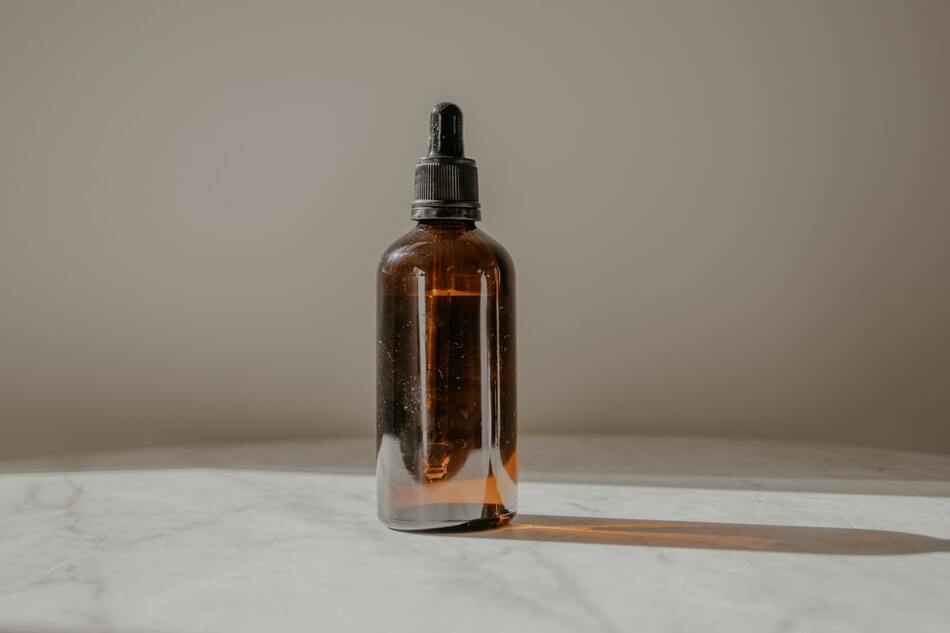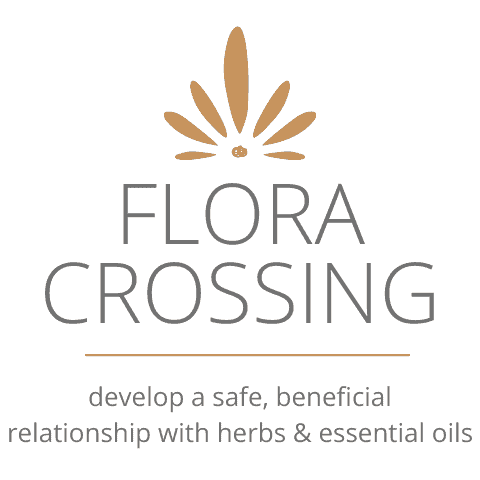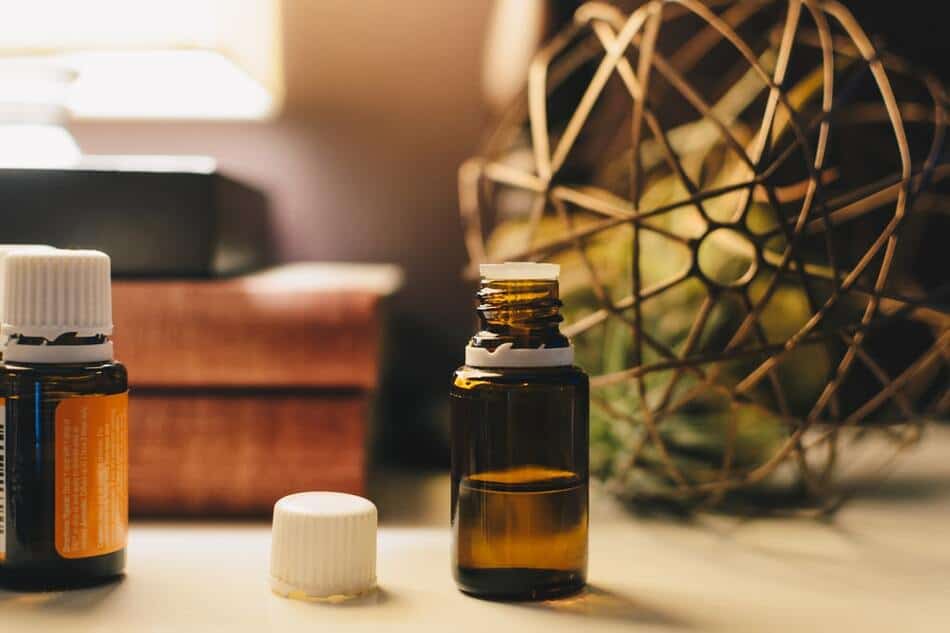Frankincense oil is obtained at specialty shops and online. However, I believe it’s a lot of fun and simple to produce your own variant at home. Because frankincense oil is more expensive, buying resin to create your own may save you some money. Making an essential oil at home may evolve into a delightful pastime that benefits the whole family. A new bottle of frankincense oil made at home is also delicious as a present, especially during the holiday season. Let me tell you how to make frankincense oil at home.
To make frankincense oil, two important ingredients are frankincense resin and safflower oil. Next, you will need to turn frankincense resin into tiny parts. They need to be small enough to complement oil extraction.
Remember, no homemade oil is as powerful as one purchased. This is due to the fact that it’s next to impossible to duplicate the complex procedure with at-home items. The taste and aroma of your oil will be similar to a commercially produced one, as long as you use high-quality components and are patient. When working with any essential oil, follow all safety precautions.
Now, let me get straight to making your own frankincense oil at home.
How To Make Frankincense Oil?
I am so excited to share this process with you! Please take all precautionary measures and make sure all prerequisites are in check.
It is critical to ensure that all of your materials are clean and sterile, or else your completed oil product may deteriorate. Sanitize any glass bottles.

If there is no option for pasteurization, you can boil bottles to eliminate any danger of the oil becoming infected.
Now, I will walk you through the essential ingredients you need to make frankincense oil.
Ingredients – What You Need To Have!
Let us begin.
Frankincense Resin
In contrast to other natural sources, frankincense resin is readily available online. Just be sure you’re buying from a reputable vendor. The quality of the raw materials will have an impact on the final product’s quality, much as it does with other essential oils. Depending on your desired final strength, you’ll need several tablespoons of resin.
A Large Container (Glass)
The resin and oil will be combined in this container. It should have a tight-fitting lid as well. You may use an old food container as long as it has been cleaned thoroughly and is made of glass. A canning jar would be preferable.
Pestle And Mortar
If you don’t have a mortar and pestle, consider using any kitchenware that allows you to smash the resin into smaller pieces. For example, the resin can be placed in a plastic bag and rolled over or gently beaten with a meat tenderizer.
Safflower Oils
Safflower oil is a popular choice for frankincense oil, especially if you’ll be using it regularly in your cooking. Any carrier oil will do; however, make sure the scent of the replacement doesn’t clash with the aroma of frankincense, which can be rather powerful on its own.
Coffee Filter Or Cheesecloth
Cheesecloth is best, but a coffee filter will do in a pinch. A standard mesh strainer can be used as long as the holes are small enough that the resin cannot go through.
Dark Colored Bottle (Glass)
This is what you’ll be keeping your essential oils in. They’re most effective when stored in dark glass and stay fresher longer. Try to obtain one with an eyedropper attached to the lid for easier dispensing.

Be careful if you’re filling a bottle that previously held another essential oil. It’s difficult to fully clean the container and eliminate all of the odors and residue from the previous oil, which might influence the new oil that will be put in it.
After you have checked off these ingredients, it is time for the main process.
Making Frankincense Oil – The Process
Begin by softly cracking the frankincense resin with a mortar and pestle or some other tool. You don’t want to create a powder; you just want to break down the resin a bit so that the oil can freely escape.
Setting The Jar With Resin And Safflower Oil
Load your jar half with some safflower oil. Then put the resin. Stir nicely and then shake the container before leaving it in a secure location where it will receive enough sunshine to warm up. A sunroom or the kitchen windowsill are excellent alternatives. Allow several days for the jar to sit, remembering to shake it on occasion.
Extracting Oil
Remove the jar from the water and set it aside for ten minutes. Take the bundle of leaves out of the jars, then strain the mixture through a cheesecloth or coffee filter. Before discarding them, try to get all of the oil off of the resin fragments. The oil that is left after straining is your essential oil. Place it in a dark glass bottle and keep it in a cool, dark location.
Making More Powerful Oil
If you want to make a more powerful oil, don’t bottle up your essential oil yet. Instead, start with another fresh batch of resin and repeat the procedure, using your essential oil as part of your carrier oil. This may be done several times, resulting in a stronger oil at the conclusion of each batch. When making the oil for cosmetic purposes, this is an excellent method.
If you don’t have a lot of time, this approach may be sped up. However, you will need a lot of frankincense resin. Cover the resin with safflower oil after breaking it down.
Turn the heat to low and let it sit for as long as possible, but at least five hours. Strain and store as previously outlined. Your final product will not be as potent, but this is an excellent method if you’re using your oil in the kitchen. It will also fill your home with a heavenly fragrance.
A few drops of frankincense oil are added to hot water and the resulting vapors are inhaled. The three most common uses for frankincense oil include aromatherapy, toothpaste, and mouthwash. It takes about a year for plain frankincense oil to go bad; however, it might last longer if stored correctly. Essential oils should be kept in a cool, dry location away from light.
If you’re applying the oil cosmetically, add a few drops of vitamin E oil to extend its shelf life. If you’re using the oil for culinary purposes, keep it in a beautiful glass container on your countertop. Just before each usage, check the oil to ensure it is still good.
Final Thoughts
Because of its huge number of applications and advantages, true frankincense essential oil is the queen of essential oils. Whether you’re interested in aromatherapy, beauty, or anything else, this oil may assist you.
Although pure frankincense is safe for the majority of individuals, if you experience any unpleasant side effects such as nausea or cramps, please contact your doctor. Essential oils should only be used under the supervision of a physician to aid in the management of any medical issues.
Read Next!
How to Make Lemongrass Essential Oil And Orange Essential Oil?
Making orange Oil for Cleansing!

